Work efficiency and productivity are top priorities for many individuals, making time blocking a popular method for organizing tasks and schedules. However, despite its widespread use, time blocking doesn’t always yield the desired results. In this blog post, we research into the reasons why time blocking may not be as effective as it seems and explore alternative strategies for maximizing productivity and managing time effectively.
Key Takeaways:
- Context Matters: Time blocking may not work for everyone as individual work styles, priorities, and environments vary.
- Flexibility is Key: Overly rigid time blocking can lead to stress and burnout. It’s important to allow for adjustments and interruptions in the schedule.
- Adaptation is Essential: Instead of following a strict time blocking system, it’s beneficial to use it as a guide and adapt it to suit your unique needs and preferences.
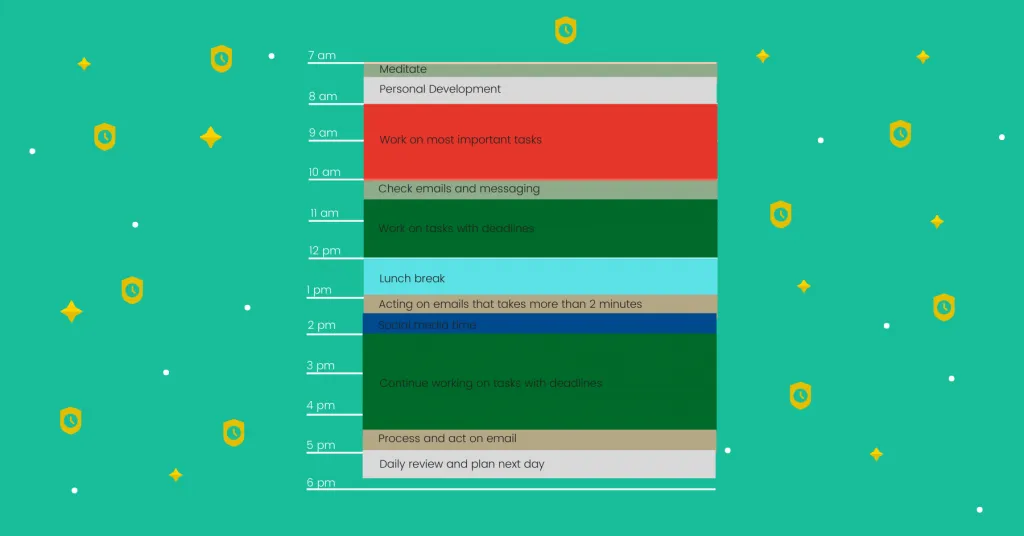
Table of Contents
The Essence of Time Blocking
Before we dive into the nitty and gritty of the article, let’s first discuss what the time management of time blocking is (and is not).
Definition of Time Blocking
Any effective time management strategy involves breaking down your day into specific blocks of time dedicated to individual tasks or activities. This method requires you to allocate time slots for each item on your to-do list, helping you prioritize and focus on one task at a time.
Key Components of an Effective Time Blocking System
Essence of time blocking lies in the ability to plan your day in advance, allocating specific time slots for each task or project. It involves setting clear goals for each block, eliminating distractions, and sticking to your schedule rigorously. A successful time blocking system requires discipline, flexibility, and the ability to adapt to unexpected changes.
To truly master the art of time blocking, you must understand the importance of setting realistic time limits for each task, grouping similar activities together, and incorporating regular breaks to maintain focus and productivity throughout the day. It’s crucial to prioritize tasks based on importance and deadlines, creating a balance between work, personal life, and self-care.
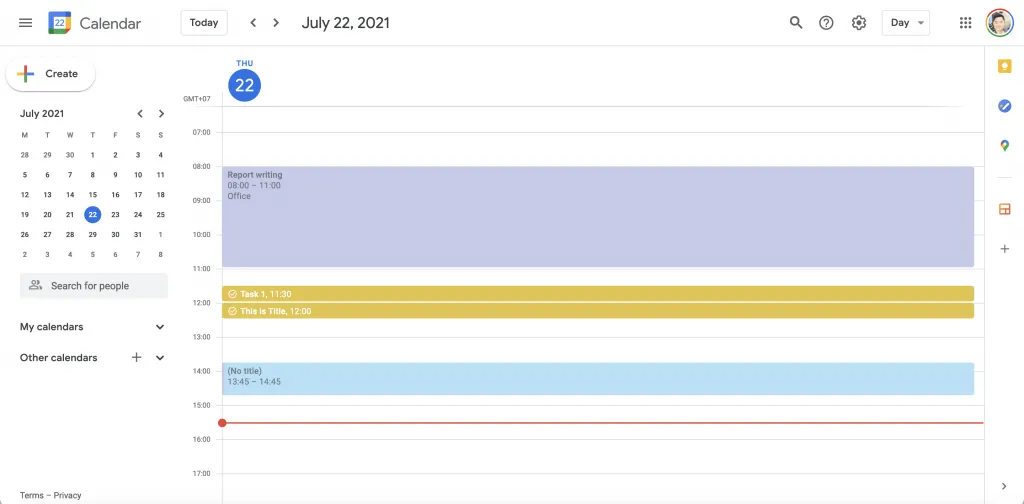
Why Time Blocking Often Fails
Now without further ado, here are the key reasons why time blocking doesn’t work.
Lack of Clear Priorities
Priorities play a crucial role in the success of time blocking. Without clear priorities, individuals may find themselves unsure of what tasks to allocate time to. This lack of direction can lead to ineffective time blocking and a failure to accomplish important goals.
Misalignment with Energy Levels and Productivity Peaks
Blocking out time for tasks without considering your energy levels and productivity peaks can be counterproductive. It’s necessary to align your most challenging or critical tasks with times when you are naturally more alert and focused. Ignoring this alignment can result in reduced efficiency and quality of work.
It’s vital to recognize that our energy levels fluctuate throughout the day, impacting our ability to focus and perform tasks effectively. By scheduling tasks that require high energy during peak hours and less demanding ones during energy lulls, individuals can maximize their productivity and output.
Inadequate Meeting Management
Fails in effective meeting management can derail time blocking efforts. Poorly planned or unnecessary meetings can disrupt the flow of a carefully structured schedule, leading to time wastage and stress. Clear communication and setting meeting agendas can help ensure that meetings are productive and do not overshadow other necessary tasks.
Meeting management is a critical aspect of time blocking success, as effective coordination and planning can help individuals make the most of their scheduled time and prevent unnecessary disruptions.
Overstuffed Calendars and Unrealistic Scheduling
Meeting overload in calendars and unrealistic scheduling can hinder the effectiveness of time blocking. Trying to fit too many tasks into a limited time frame can lead to burnout, decreased productivity, and an overall sense of overwhelm. It’s necessary to maintain a balance between work commitments and personal time to avoid exhaustion and maintain productivity.
Inadequate time allocation for tasks and unrealistic expectations can result in disappointment and frustration, ultimately undermining the benefits of time blocking.
Neglecting Personal Time Blocks
Often, individuals overlook the importance of including personal time blocks when planning their schedules. Neglecting self-care and personal activities can lead to burnout, reduced creativity, and a decline in overall well-being. It’s necessary to prioritize personal time for relaxation, hobbies, and social interactions to maintain a healthy work-life balance.
Time blocking should encompass not only work-related tasks but also personal activities that contribute to overall happiness and fulfillment.
Absence of Flexibility in the Schedule
Time blocking without built-in flexibility can be a recipe for failure. Unexpected events, urgent tasks, or unforeseen distractions can disrupt even the most meticulously planned schedule. Incorporating buffer time between tasks and allowing room for adjustments can make time blocking more adaptable and resilient to changes.
Lack of flexibility in the schedule can lead to stress and frustration when unexpected disruptions occur, highlighting the importance of incorporating a degree of adaptability into time blocking strategies.
Failing to Plan for Distractions and Interruptions
One common pitfall of time blocking is neglecting to account for potential distractions and interruptions during scheduled work periods. Failing to anticipate and plan for these disruptions can lead to decreased focus, efficiency, and ultimately, incomplete tasks. By proactively identifying potential distractions and developing strategies to manage them, individuals can enhance their productivity and time management skills.
Scheduling time blocks without considering potential interruptions can hinder productivity and derail progress on necessary tasks. Planning for distractions is a key element of effective time blocking and can help individuals stay on track and achieve their goals.
Time Blocking May Not Suit Everyone
Peaks in productivity and energy levels vary among individuals, making time blocking an ineffective strategy for some. While time blocking can be beneficial for enhancing focus and productivity for many people, others may find it too rigid or constraining. It’s necessary for individuals to experiment with different time management techniques to determine what works best for their unique work style and preferences.
Productivity techniques are not one-size-fits-all, and it’s crucial to find a method that aligns with your natural rhythms and preferences. If time blocking does not suit your needs, exploring alternative strategies can help optimize your efficiency and effectiveness.
Personality Types and Time Blocking Compatibility
Similar to the previous reason, but to effectively manage your time, it’s crucial to understand how your personality type may influence your compatibility with time blocking. Some individuals thrive on structure and routine, making time blocking a valuable tool for enhancing productivity. On the other hand, those who prefer more flexibility and spontaneity may find time blocking to be restrictive and counterproductive. Recognizing which personality type you align with can help you determine if time blocking is the right approach for you.
| Personality Type | Time Blocking Compatibility |
|---|---|
| Structured and Organized | Highly Compatible |
| Flexible and Spontaneous | Less Compatible |
| Introverted and Detail-Oriented | Potentially Compatible |
| Extroverted and Creative | Potentially Less Compatible |
| Analytical and Logical | Variable Compatibility |
This insight can guide you in determining whether time blocking aligns with your natural tendencies, ultimately leading to a more effective time management strategy.
Analyzing Time Blocking Challenges
Should you make the time management method work, it is important to understand its challenges.
Unrealistic Time Estimates for Tasks
Blocking out specific times for tasks can often lead to underestimating the actual time needed to complete them. This can result in a feeling of failure and frustration when tasks inevitably spill over into the next time block.
Changes in Task Priority
Task priorities can shift unexpectedly, leading to disruptions in the planned time blocks. When urgent tasks arise, they can throw off the entire schedule and make it challenging to stick to the original plan.
The Ripple Effect of Schedule Overruns
Time blocking relies on a precise schedule, so any delays in one task can have a cascading effect on the rest of the day. This can create a sense of being constantly behind and struggling to catch up, causing stress and decreased productivity.
In-Depth Look at Prioritization
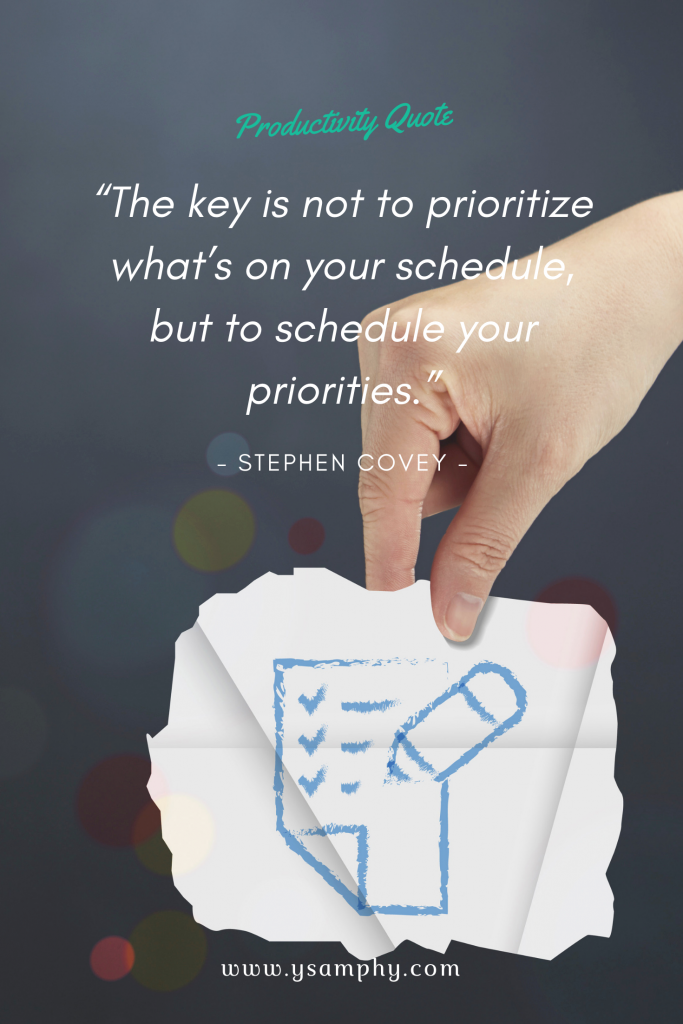
Tools and Techniques for Better Prioritization
Keep in mind that prioritization is imperative for effective time management. Utilizing tools such as Eisenhower Matrix, Covey’s Time Management Matrix, or simply making a to-do list sorted by urgency and importance can help you prioritize tasks efficiently.
How to Recognize High-Value Tasks
Any successful prioritization strategy starts with identifying high-value tasks. These are tasks that align with your goals, bring significant results, and have a lasting impact. Look for tasks that contribute directly to your long-term objectives and focus on those first.
With high-value tasks, it’s important to assess their potential impact on your overall goals and prioritize them accordingly. Tasks that have a higher return on investment in terms of time and effort should be given priority over ones that may be urgent but don’t move the needle towards your ultimate objectives. By recognizing the value each task brings to your goals, you can make more informed decisions on what to focus on.

Recognizing and Harnessing Productivity Patterns
Identifying Personal Productive Times
One key aspect of recognizing and harnessing productivity patterns is to identify your personal productive times. Pay attention to when you feel most energized, focused, and motivated throughout the day. This could be in the morning, afternoons, or even late at night. By understanding your peak productivity hours, you can schedule your most important tasks during these times to maximize efficiency and effectiveness.
How to Adjust Time Blocking to Your Rhythms
Time blocking can be adjusted to your natural rhythms by aligning your most challenging tasks with your peak productive times. If you are a morning person, allocate your most important work in the early hours of the day. Alternatively, if you are a night owl, save your critical tasks for the evening when you are at your best. By adapting time blocking to your unique productivity patterns, you can enhance your focus and output.
Productivity is not one-size-fits-all, and understanding your own rhythms and patterns is key to unlocking your full potential. By recognizing when you are most productive and making adjustments to your schedule, you can optimize your time blocking technique and accomplish more in less time.
Optimizing Meeting Time

Strategies to Reduce Meeting Load
Many professionals find themselves consumed by an endless cycle of meetings that eat into their productive work time. To reduce this burden, it’s crucial to implement strategies that cut down on unnecessary meetings and streamline communication channels. By setting clear objectives for each meeting and only inviting vital stakeholders, you can ensure that every gathering is purposeful and efficient.
Tips for Effective Meeting Scheduling
Meeting scheduling can often be a source of frustration and wasted time. To optimize your meeting schedule, consider implementing the following tips:
- Prioritize important meetings and allocate time accordingly.
- Batch similar meetings together to minimize context switching.
- Use scheduling tools to streamline the process and avoid back-and-forth communication.
Time spent on scheduling is time not spent on actual work, so it’s important to find ways to minimize this administrative task. By following these tips, you can make your meeting schedule more efficient and productive.
Managing a Full Calendar
To effectively manage a jam-packed schedule, it’s important to understand why traditional time blocking may not always be the answer. Instead of trying to fit every task into rigid time blocks, consider alternative methods to maximize your productivity and make the most of your day.
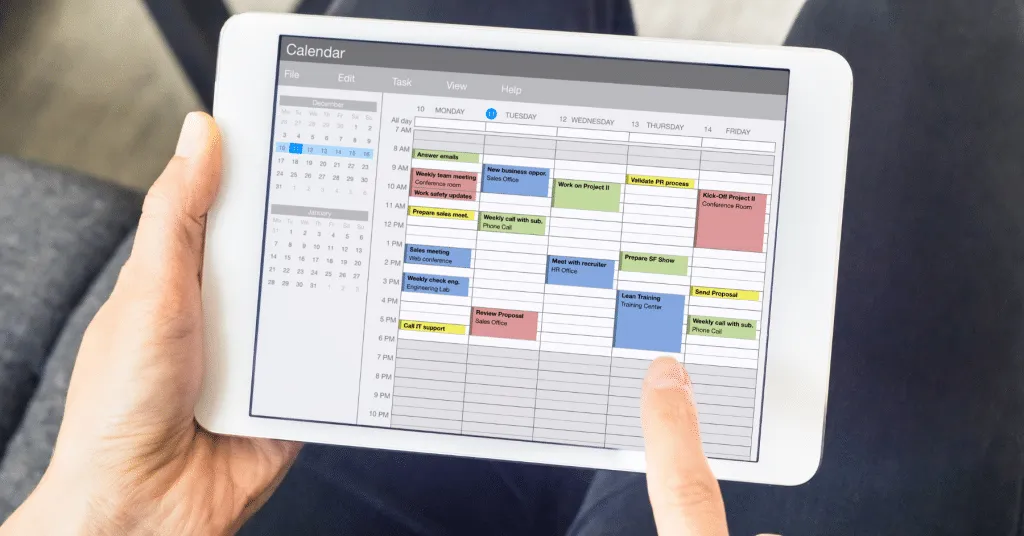
Techniques for Calendar Pruning
The key to managing a full calendar effectively is to regularly review and prune your schedule. This involves assessing your commitments and priorities, and removing or rescheduling tasks that do not align with your goals. By decluttering your calendar and focusing on imperative tasks, you can create space for meaningful work and avoid feeling overwhelmed by a never-ending to-do list.
Saying No to Overcommitment
Managing a full calendar also means learning to say no to overcommitment. It’s easy to fall into the trap of saying yes to every request that comes your way, but this can lead to burnout and decreased productivity. By setting boundaries, prioritizing your time, and being selective about what you agree to take on, you can avoid spreading yourself too thin and ensure that you have the bandwidth to focus on what truly matters.
Overcommitment can have detrimental effects on your mental and emotional well-being, as well as your productivity. Learning to say no and setting clear boundaries is imperative for maintaining a healthy work-life balance and achieving long-term success in managing your full calendar effectively.
Personal Time: The Neglected Block
After meticulously planning out your day using time blocking techniques, you may find that there’s one crucial block that often gets overlooked – personal time. In the hustle and bustle of daily life, it’s easy to prioritize work tasks and deadlines over self-care and relaxation. Neglecting to allocate time for yourself can lead to burnout and decreased productivity in the long run.
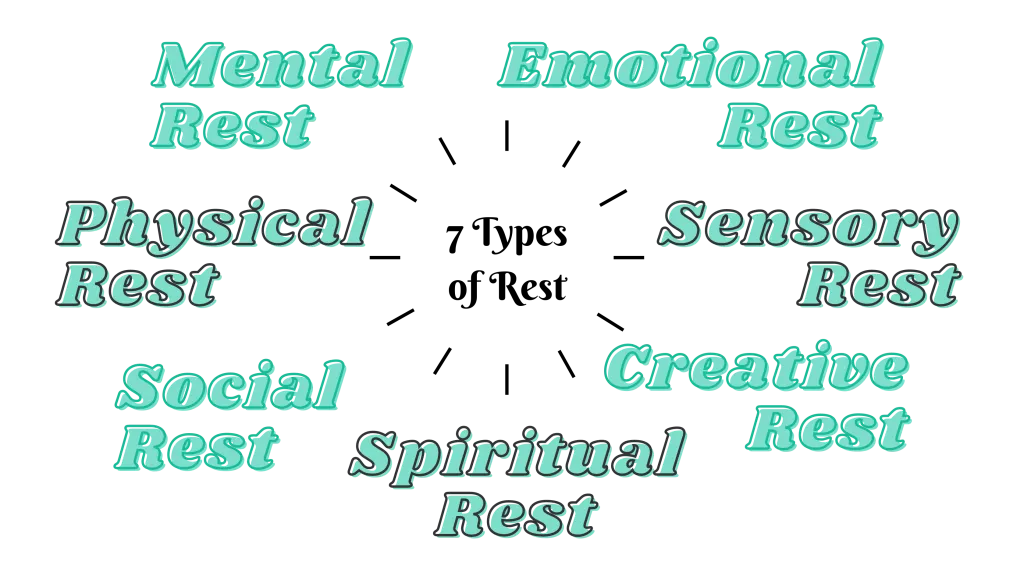
Importance of Personal Time Blocks
Personal time blocks are crucial for maintaining a healthy work-life balance and ensuring your overall well-being. Taking time for yourself allows you to recharge, reduce stress, and improve focus and creativity. It’s not a luxury but a necessity for optimal performance in all areas of your life.
Strategies to Incorporate Personal Time in Your Schedule
It is crucial to prioritize personal time in your schedule the same way you prioritize work meetings or appointments. Start by identifying activities that bring you joy and relaxation, such as reading, exercising, or spending time with loved ones. Block off specific times in your calendar for these activities and treat them as non-negotiable commitments. Setting boundaries and sticking to your personal time blocks will help you recharge and show up as your best self in all areas of your life.
Building in Flexibility
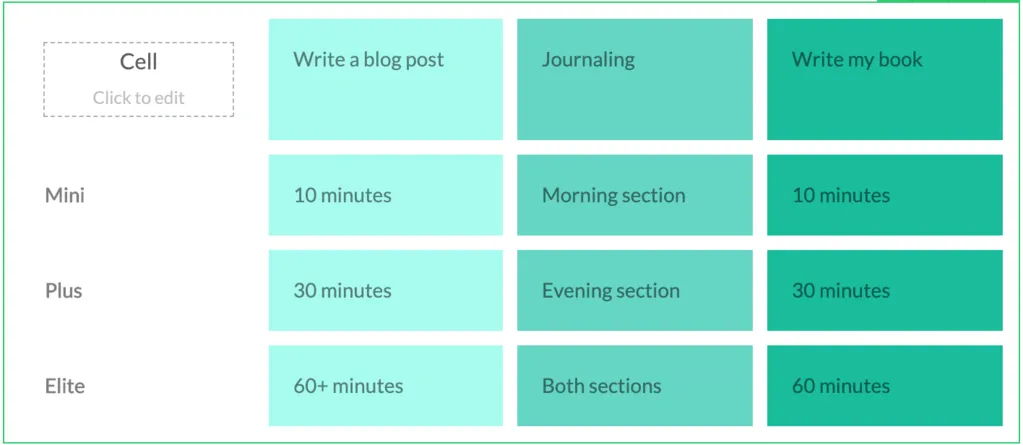
Importance of Adaptive Scheduling
Once again, it is important to understand the significance of adaptive scheduling when it comes to effective time management. While time blocking can be useful in allocating time for specific tasks, rigidly sticking to a predetermined schedule can often lead to frustration and disappointment. By incorporating adaptive scheduling into your daily routine, you allow yourself the flexibility to adjust your plans as needed based on unforeseen circumstances or changing priorities.
Creating Buffers and Contingency Blocks
Scheduling any gaps in your calendar for unforeseen events or unexpected tasks can be a game-changer in improving your productivity. By creating buffers and contingency blocks in your schedule, you give yourself the breathing room needed to accommodate last-minute changes or delays without throwing off your entire day. These extra pockets of time can help you stay on track and reduce the stress that comes with unexpected interruptions.
A well-thought-out approach to creating buffers and contingency blocks involves strategically allocating time throughout your day to account for potential disruptions. By setting aside specific periods for handling urgent matters or unforeseen tasks, you can maintain a sense of control over your schedule while also being prepared for the unexpected. This proactive approach can help you navigate challenging situations with ease and ensure that you stay productive despite any interruptions.
Dealing with Distractions and Interruptions

Identifying Common Distractions
Distractions are a common obstacle when trying to stick to a time-blocking schedule. Common distractions include social media notifications, email alerts, phone calls, and unexpected visitors. These interruptions can derail your focus and productivity, making it challenging to follow through with your planned tasks.
Tactics to Minimize Disruptions
With the right strategies, you can minimize disruptions and stay on track with your time-blocking schedule. Setting aside specific times to check emails and social media, turning off notifications, using noise-canceling headphones, and establishing boundaries with colleagues and family members can help create a more focused work environment. Additionally, utilizing tools like website blockers and pomodoro techniques can increase productivity by reducing the impact of interruptions.
Identifying the most common distractions in your environment is the first step towards effectively managing them. By recognizing the triggers that lead to your focus being compromised, you can implement targeted tactics to minimize disruptions and improve your time-blocking effectiveness.
Alternative Time Management Methods
Alternatives to traditional time blocking can better accommodate different working styles and preferences. Time management tools such as task batching, the Pomodoro Technique, priority setting, or using digital tools like project management software can provide flexibility and structure without the constraints of rigid time blocking schedules. Understanding and experimenting with these alternatives can help individuals tailor their productivity methods to suit their unique working styles and maximize efficiency.
Time management is not one-size-fits-all, and exploring alternative techniques can help individuals find a method that resonates with their preferences and enhances their productivity.
Task Batching: An Overview
One effective time management method is task batching, where you group similar tasks together and tackle them in one block of time. This approach helps minimize distractions and transitions between different types of activities, allowing you to maintain focus and efficiency.
Day Theming: Assigning Themes to Days for Focus
Time blocking may not work for everyone, but day theming is a method where you allocate specific themes or types of tasks to different days of the week. For example, you can designate Mondays for strategic planning, Tuesdays for meetings, and so on. This method helps you stay focused on one type of work each day, reducing the mental load of constantly switching between different tasks.
Focus on assigning a specific theme to each day to enhance productivity and streamline your workflow.
The 80/20 Rule: Focusing on High-Impact Activities
An effective time management strategy is to apply the 80/20 rule, also known as the Pareto Principle, which states that 80% of your results come from 20% of your efforts. By identifying high-impact tasks that contribute most to your goals, you can prioritize and focus on those activities to maximize productivity and results.
Applying the 80/20 rule helps you concentrate on tasks that have the most significant impact on your overall success.
Deep Work: Maximizing Concentrated Effort
Another alternative to time blocking is practicing deep work, a concept popularized by author Cal Newport. Deep work involves dedicating uninterrupted, focused time to high-value, cognitively demanding tasks that require your full concentration. By eliminating distractions and working in a state of flow, you can achieve higher quality outputs in less time.
Embrace deep work to cultivate a habit of intense concentration and productivity in your daily routine.
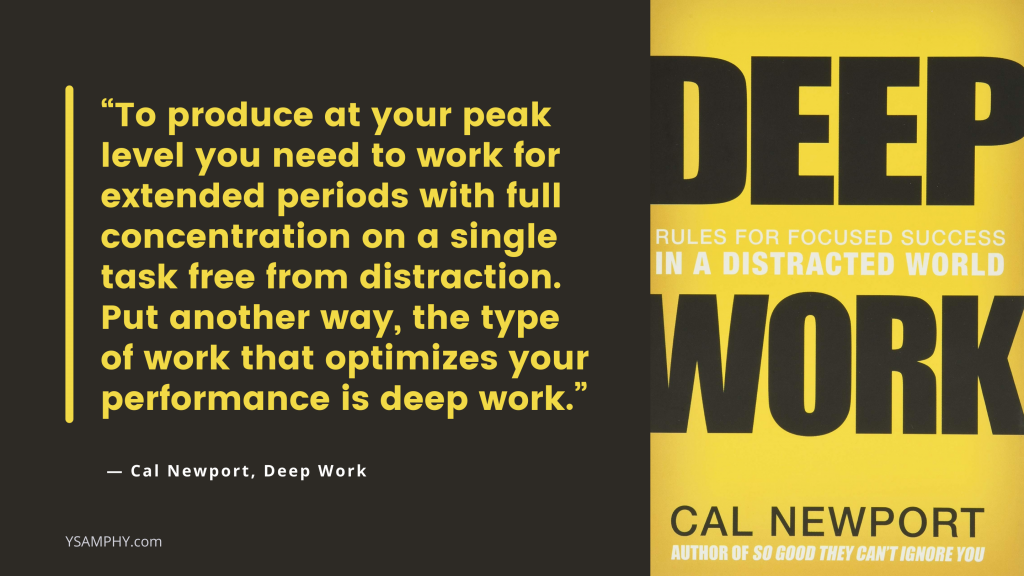
Evaluating the Right Approach for You
Self-Assessment for Time Management Needs
One effective way to determine the right time management approach for you is to conduct a self-assessment of your current habits and needs. Take a moment to reflect on your daily routine, your priorities, and the specific challenges you face in managing your time effectively.
Experimenting with Different Techniques
Self-assessment Before settling on a time management technique, it is imperative to experiment with different methods to find what works best for you. This experimentation phase allows you to test out various strategies and determine which one aligns most with your natural tendencies and preferences.
Different techniques, such as the Pomodoro Technique, the Eisenhower Matrix, or the Getting Things Done method, offer diverse approaches to time management. By trying out these different techniques, you can identify the one that resonates most with your unique work style and helps you maximize your productivity.
Final Thoughts on Time Blocking
Thoughts on time blocking have been shared, highlighting its limitations and challenges for some individuals. The method’s rigid structure may not suit everyone’s working style, leading to frustration and inefficiency.
Encouragement to Find the Right Productivity Method
Thoughts on productivity methods are encouraged, and it is crucial to find the one that works best for your unique preferences and needs. Experimenting with different techniques and being open to change can lead to increased productivity and satisfaction in your daily tasks.
The key is to remain flexible and adaptable in finding the productivity method that supports your workflow most effectively. It’s okay to try various approaches before settling on one that resonates with your work style and helps you achieve your goals efficiently.
FAQs
What is time blocking?

Time blocking is a time management technique where you divide your day into blocks of time dedicated to specific tasks or activities.
Why doesn’t time blocking work for everyone?

Time blocking may not work for everyone due to different work styles, preferences, and levels of distractions that can disrupt the schedule.
How can distractions affect the effectiveness of time blocking?

Distractions such as interruptions, unexpected tasks, or lack of discipline can derail the time blocking schedule and make it challenging to stick to the planned activities.
What are some tips to make time blocking more effective?
To make time blocking more effective, try to prioritize tasks, limit distractions, allocate buffer times, and be flexible in adjusting the schedule as needed.
Can time blocking be combined with other productivity techniques?
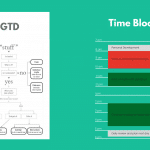
Yes, time blocking can be combined with other productivity techniques such as Getting Things Done (GTD), the Pomodoro method, Eisenhower Matrix, or batching similar tasks to enhance focus and efficiency throughout the day.

